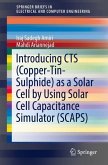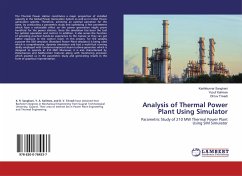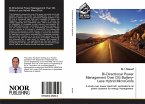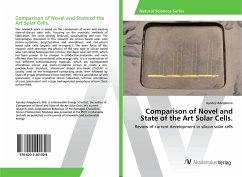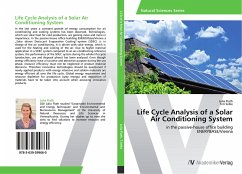High-flux solar simulators are becoming standard tools for characterizing thermo-physical and -chemical properties of solar components and materials under high radiative flux and/or high temperature conditions. The main radiation diagnostics in this context are focused on spectrum determination and irradiance measurements in order to determine flux density distributions and the total power incident on a sample. However, this information is not sufficient to fully understand the phenomena associated with radiative heat transfer in structures where light propagation is an important factor, for example volumetric and particle solar receivers. A novel pin-hole method for measuring the directional intensity of solar simulators is therefore presented in this study. The feasibility of the concept is discussed for a single-lamp 7 kWe-solar simulator.
Hinweis: Dieser Artikel kann nur an eine deutsche Lieferadresse ausgeliefert werden.
Hinweis: Dieser Artikel kann nur an eine deutsche Lieferadresse ausgeliefert werden.


